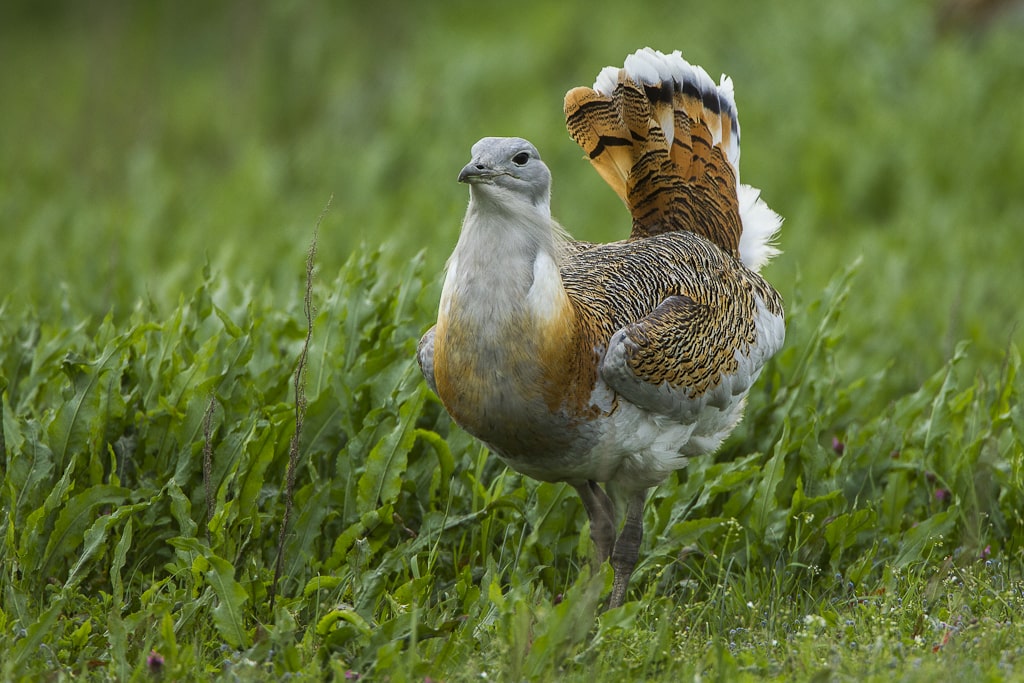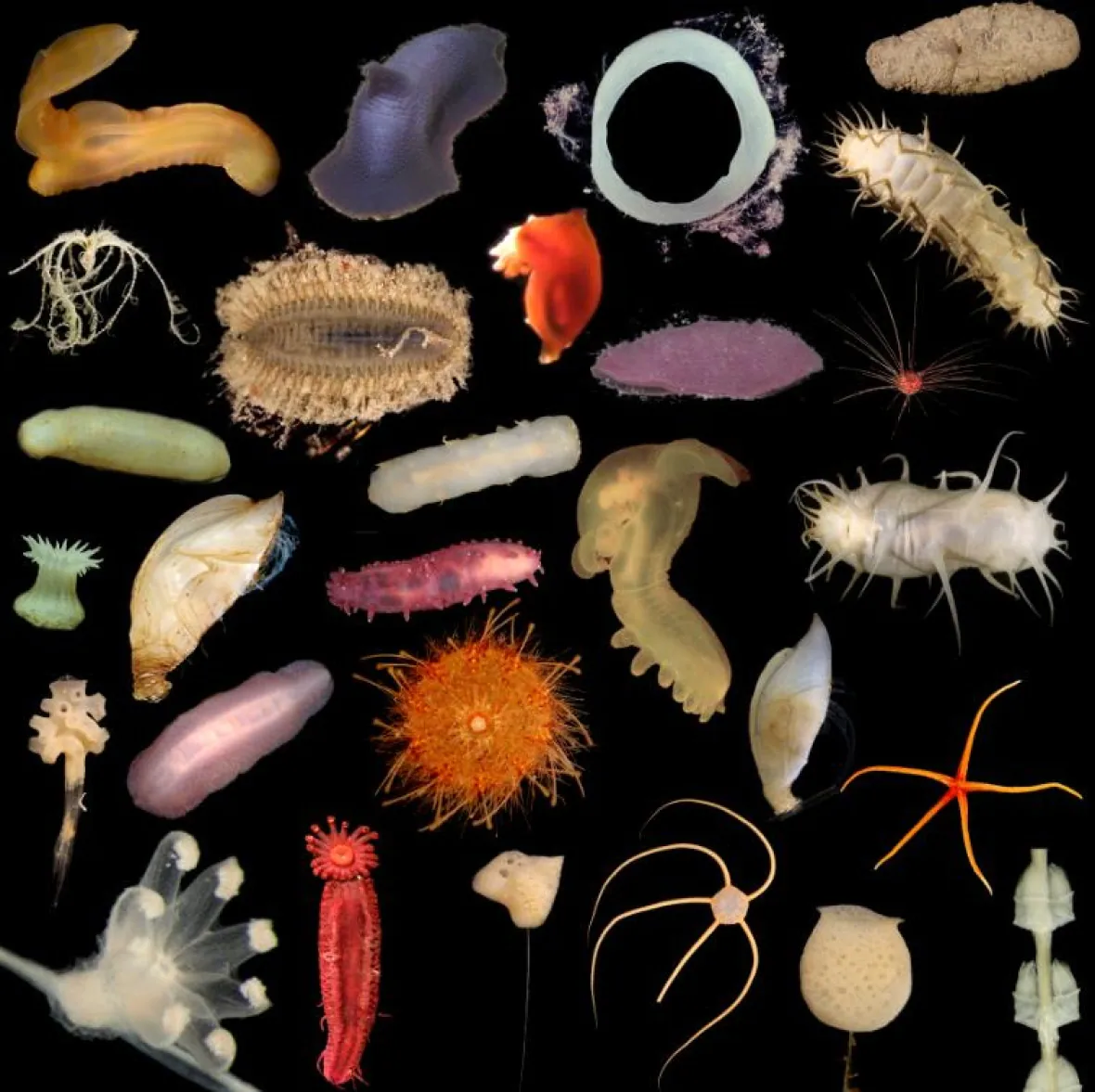Here’s an easy question: was there any sustainability news in July worth mentioning?
Oh yes, there was, and let’s not waste time with a protracted introduction and get straight to the juice.
Finland leads the world, this time with Net Zero
Link: Climate Change News
Finland enhanced its forward-thinking reputation in July, by having a think and bringing forward its Net Zero date to 2035. This is well ahead of the EUs 2050 target. The only other country in the world that has a more ambitious Net Zero target is South Sudan, which aims to negate carbon emissions by 2030.
Key to Finland’s pledge is protecting the country’s vast forests, which can absorb tonnes of carbon. However, these same forests turned into net carbon emitters for the first time last year because of deforestation. Fingers crossed they can fix that, as it sounds counter-productive.
In related news, of a more cynical slant, the UK was ordered by a court to redraw its Net Zero strategy in July. The reason being the strategy wasn’t adorned with any detail on how the emissions would be reduced.
A new train that cleans carbon from the air
Link: Impakter
For Finland, or any other country, or indeed the world, to sort out the problem of carbon emissions – it’s likely that new pioneering technologies will be needed.
There are plenty of promising ideas that are being brought to life. For one, the world’s biggest carbon absorbing plant ‘Orca’ was finished in Iceland this year. And in July there was news of this fancy train that can absorb filthy air, filter out the CO2, and then blast it back out all clean and refreshed. Kind of the opposite of a burp.

It might not be pleasing on the eye with that garish green. But it’s pleasing for the planet because it resolves one of the issues with carbon sequestration. Which is, the lack of motion makes the whole thing more limited and less effective. Trains, in case you didn’t know, are fairly talented at moving around
Soon, then, we might see more of these zipping across landscapes, cleaning our air and offending people.
You’ve got a mushroom on your head – and it looks fantastic!
Link: Treehugger
In 2022 it is claimed that we’re in the midst of a mushroom craze. Fungus are everywhere, from documentaries on Netflix to plant-based plastic alternatives.
And now you can balance them on your head, to look good.
That doesn’t mean placing a portobello mushroom on your person at an avant-garde angle. Rather, new hats have been made using mycelium – the root system of mushrooms – through a partnership between MycoWorks and hatmaker Nick Fouqet. It’s the first time that mycelium has been harnessed to make an alt-leather mushroom fabric that’s plastic-free.

Still, with a cost of living crisis going on – the prices look a little out of touch and, as such, we’re a million miles away from mushrooms being worn by the masses. The world would be a better place if everyone was walking around wearing mushrooms, in all sorts of ways.
A big boost for bison and rewilding projects
Link: The Guardian
Rewilding differs from reforestation. Both are beneficial but where reforestation plants trees, rewilding restores habitats, plants and species to their former glory. Think of the magnificent Great Bustard – the world’s heaviest flying bird! – which was hunted to extinction in the UK. It was reintroduced on Salisbury Plain in the 90s and there are now over 100 of the bustards breeding in the wild.

Rewilding Europe is one of these organisations that focuses on getting extirpated species back where they belong, and in July it was awarded £4m by a charity called The Arcadia Fund to help with new projects. The organisation is already working to restore European Bison and the funding will be used to open an unspecified 10th project in Europe before the end of the year.
Mind you, 4m surely doesn’t go that far these days, especially with rampant inflation. You couldn’t even buy all that many mushroom hats with that sort of coin.
39 brand new deep-sea creatures
Link: ZooKeys
In a world where around one million species are at risk of extinction, it’s nice to hear that new species are being added, not subtracted. 39 new ones to be exact, which have been found by deep-sea robots off the coast of Mexico in an expedition run by UK’s Natural History Museum.
Rather than waffle on about that, here’s an image of some of the new ones that were found. They are pretty indescribable anyway.

Barcelona solar punks get to work
Link: The Guardian
We’ll end with some news from Barcelona, where some young toughs at secondary school and a residents association teamed up with the local council. Together, they created a solar-power plan that started by powering just a school and is now being rolled out to buildings across the entire city, rooftop by rooftop.
It’s the kind of collective action that starts small and grows, to make a difference. So start something, you never know how far it can go.
Last year, Spain produced about 46% of its energy through renewables but solar (1.8%) still lags behind wind (23%) and hydro (11.4%). That seems out of whack for a country where the sun is almost excessive. Use that big fiery ball to get more than a tan, we say.
Next month, we bet our boots that there will be more sustainability news worth imparting in blog post format. So we’ll be back in due course (September) with some more on that.
Until then…



Leave a Reply